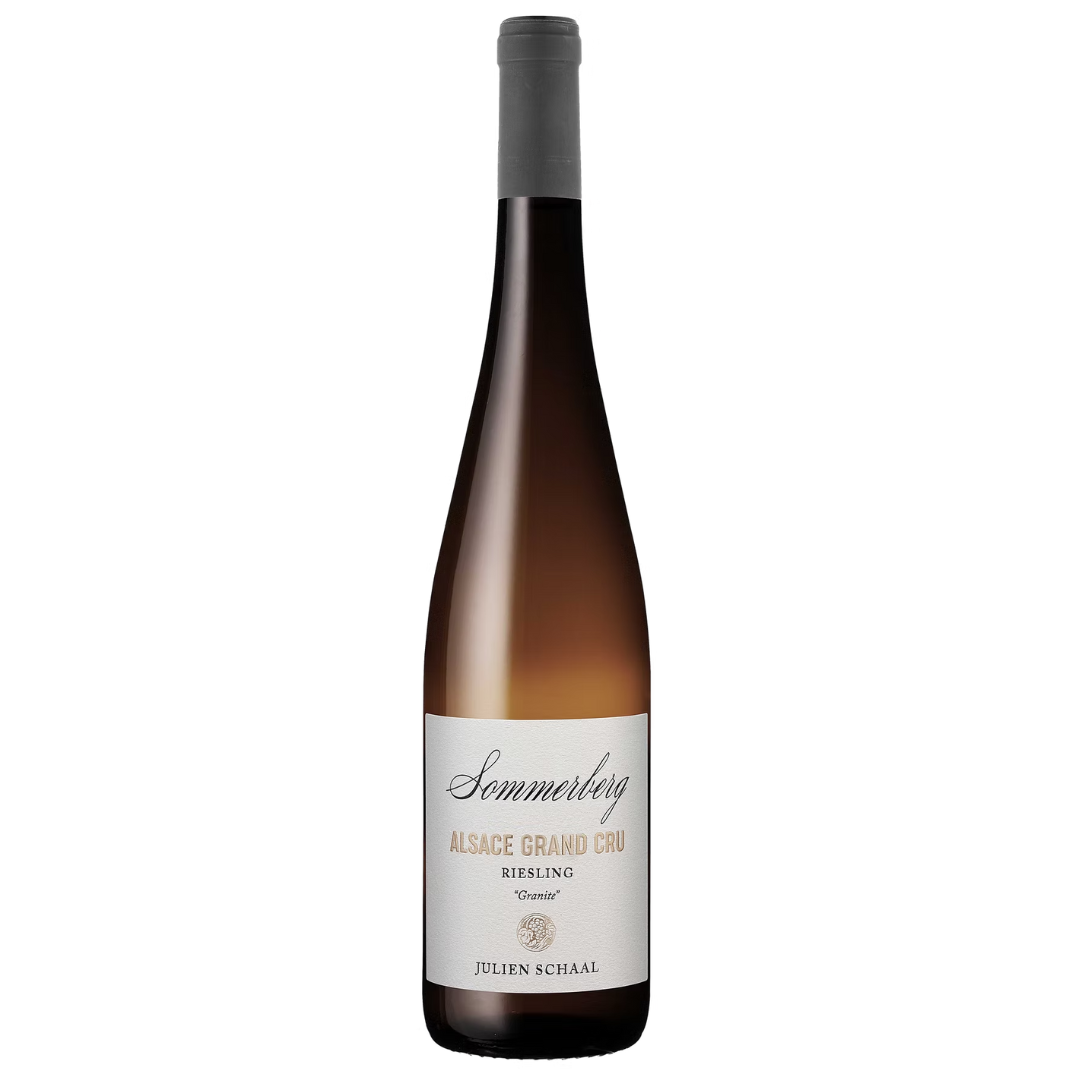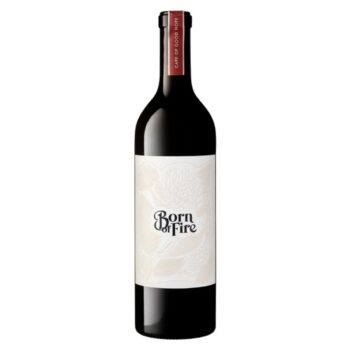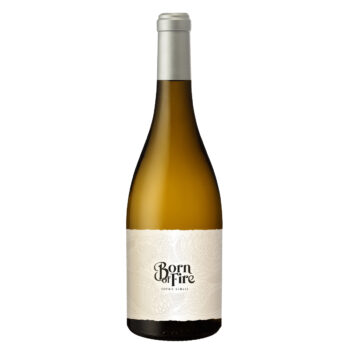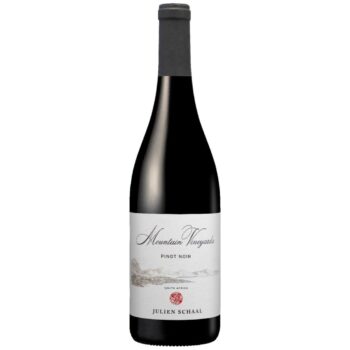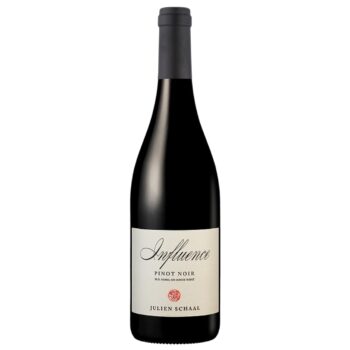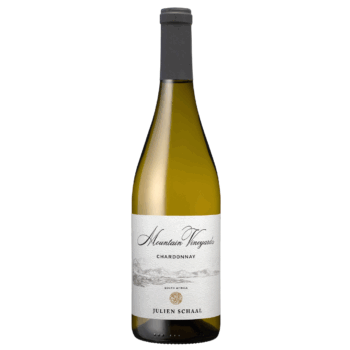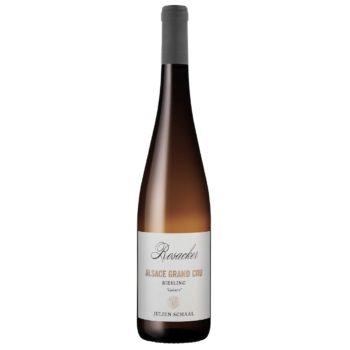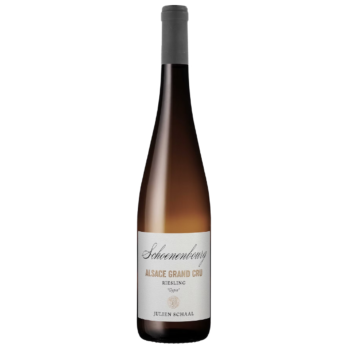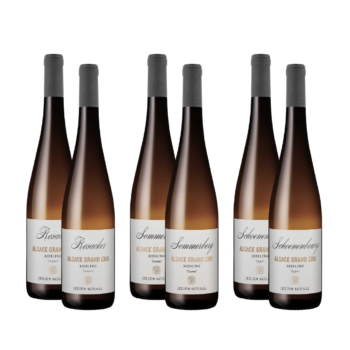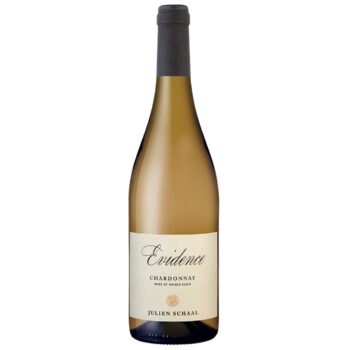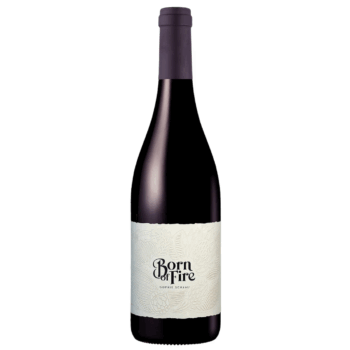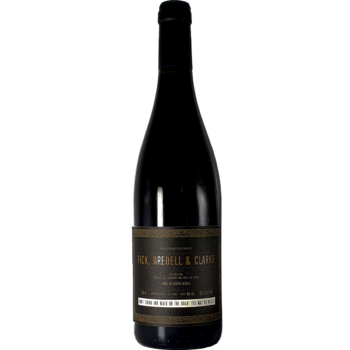AGE OF SOIL : Around 330 million years ago, in the Carboniferous period, the continents teamed up to form a supercontinent called Pangaea. In the middle of Pangaea, there was a big mountain range called the Hercynian chain. The Vosges mountains were right in the middle of this range. When the two continental plates met, one slid under the other, creating rocks and granite beneath the surface (around 5 to 30 km deep). These rocks, called Vosges granites, include feldspar, mica, and quartz. This process also lifted up the mountain range above the surface.
VINEYARD: Located on a very steep hill (45°), this locality is oriented directly to the south and rises up to nearly 400m in altitude..
CELLAR: The grapes undergo manual harvesting and are then pressed as whole bunch. After a prolonged and gentle pressing, the juice is moved to tanks for a delicate static settling process. The gradual, cool, natural fermentation extends for up to three months, followed by several months of aging. These meticulous steps contribute to capturing and preserving the authentic “sense of place”. We consistently aim to prevent malolactic fermentation to safeguard the aromas and inherent freshness naturally present in the wine.
Jancis Robinson MW:
“Grown on a very steep (45°) south-facing slope up to 400 m of Turckheim granite, especially well suited to Riesling.
Mid greenish gold. Real lift and freshness on the nose. Massive drive and strong lime flavours. Long and vibrant. Still quite youthful with a great future ahead of it. 17+/20”


